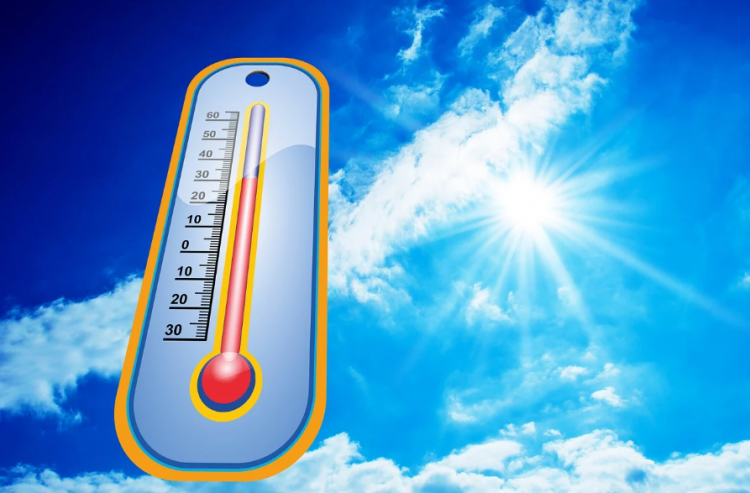A record-breaking heat wave is currently gripping the Midwest and Northeast, affecting tens of millions of Americans with extreme temperatures. The National Weather Service has issued heat alerts across vast regions from Iowa to Maine, forecasting dangerous and prolonged heat conditions lasting until at least Friday. As cities like Chicago break historic temperature records, officials are taking extraordinary measures to protect residents.
On Monday, Chicago experienced a sweltering high of 97 degrees Fahrenheit, surpassing the previous record set in 1957. The National Weather Service warned that hot and muggy conditions will persist, with peak heat indexes expected to reach near 100 degrees. This intense heat did not deter Chicagoans from indulging in hot dishes from food trucks, despite the scorching weather. "They be ordering the hottest stuff on the hottest day," said Emmanuel Ramos, a cook at a local food truck.
New York Governor Kathy Hochul has activated the National Guard to assist in any heat emergencies that may arise over the coming days. "This is a time of significant risk, and we're doing our best to make sure that all lives are protected," Hochul stated during a morning briefing on Tuesday. The activation is a precautionary measure to ensure swift responses to any heat-related incidents.
The Midwest and Northeast are under extensive heat warnings, prompting officials to open cooling centers and urge residents to limit outdoor activities. The extreme temperatures pose significant risks, particularly for vulnerable populations such as young children, the elderly, and individuals with chronic health conditions. The National Weather Service and the Centers for Disease Control and Prevention (CDC) recommend avoiding outdoor activities during the hottest parts of the day, staying hydrated, and checking on neighbors who may be at risk.
The heat wave comes amid increasing concerns about the effects of extreme heat and wildfire smoke. The nonprofit Center for Biological Diversity has petitioned the Federal Emergency Management Agency (FEMA) to recognize extreme heat and wildfire smoke as major disasters. While FEMA has not issued a specific response, a spokesperson indicated that an emergency declaration could be possible if there is an immediate threat to life and safety that local authorities cannot manage.
The sweltering conditions in the U.S. stand in stark contrast to the weather in the northern Rockies, where late-season snow is forecasted. Parts of Montana and north-central Idaho are under a winter storm warning, with higher elevations around Glacier National Park expected to receive up to 20 inches of snow.
As the Midwest and Northeast bake, the central Gulf Coast faces the threat of heavy rain and flash flooding due to incoming tropical moisture. This year's hurricane season is predicted to be one of the most active in recent memory, adding another layer of complexity to the current weather challenges.
In Southern California, firefighters are battling a large wildfire in the mountains north of Los Angeles. The fire, fueled by hot, dry, and windy conditions, has been challenging to contain. Meanwhile, in New Mexico, wildfires have prompted the evacuation of a village with 7,000 residents, underscoring the widespread impact of the current weather patterns.
Phoenix, known for its brutal summer heat, has been particularly hard-hit in recent years. In 2023, the city recorded 645 heat-related deaths, a stark reminder of the deadly potential of extreme temperatures. Ted Whittock, a meteorologist with the National Weather Service in Phoenix, advises residents to reduce outdoor activities during peak heat hours, stay hydrated, and wear light clothing. Over 100 cooling centers have been opened in the city and surrounding areas to provide relief.






